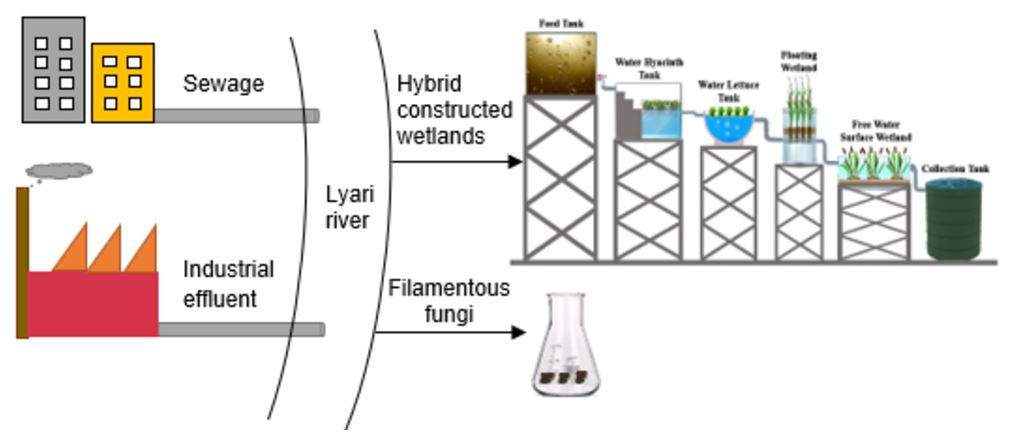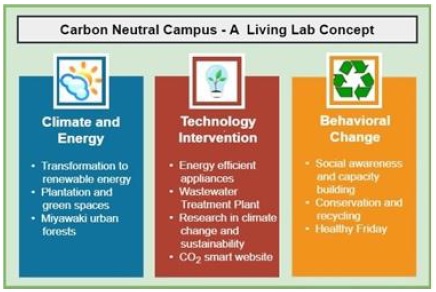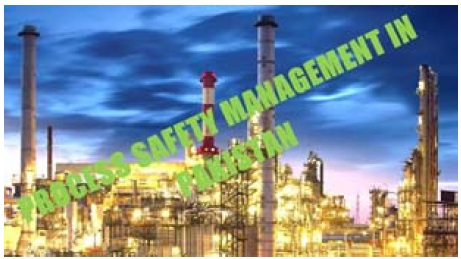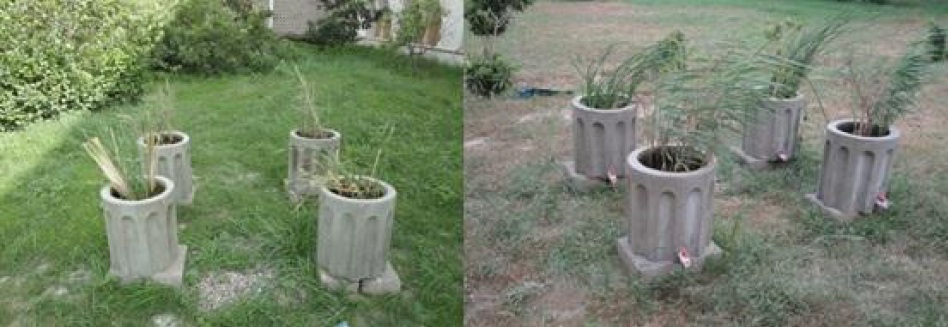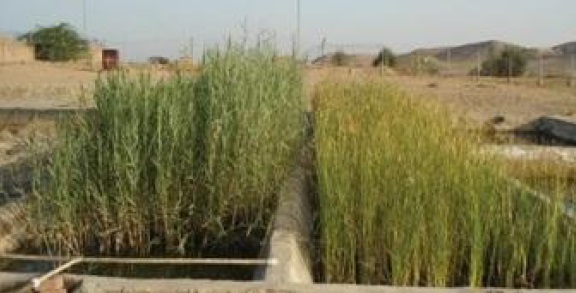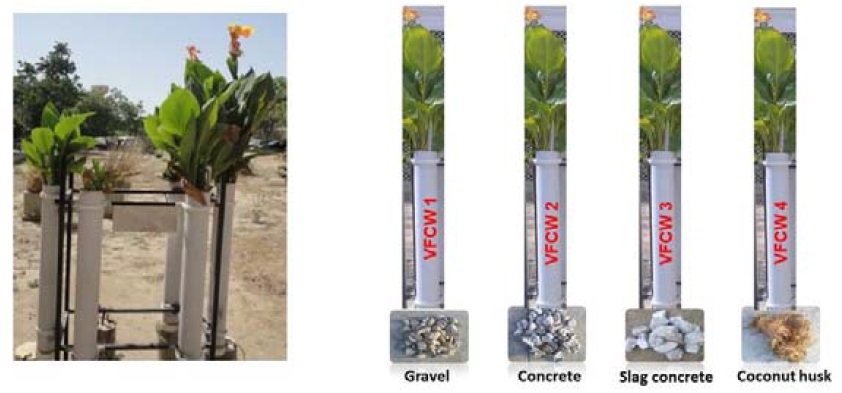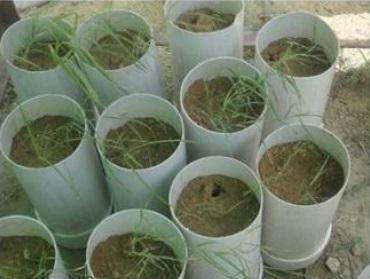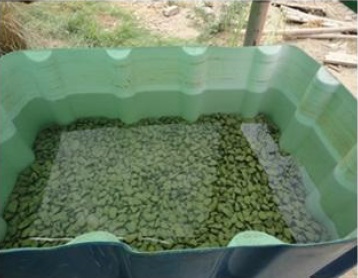Projects |
|||
|
Development of Urban Forest at NED UET The first urban forest project at NED University was initiated in collaboration with The Institution of Engineers, Pakistan (IEP), Karachi Center. Students of third year Urban Engineering were also involved in this project. 90 trees, 14 tree species we than conventional plantation; they are 100 times more bio-diverse and have 30 times more green surface area. The entire development process is 100% organic with no addition of chemicals and pesticides. They retain water, thus assist in recharging the ground water table. They attract more birds and insects, produce native fruits and improve air quality. They have 30 times more CO2 absorption capacity and 30 times better noise, and dust reduction ability, than the conventional tree plantation. After two years of plantation they become self-sustaining. From July 2019 to December 2022, 17 Urban Forests comprising of 1684 trees have been established. For real-time monitoring of CO2 reduction by Urban Forest Initiative, |
|||
|
|
|||
|
Solar Powered Atmospheric Plasma System for Treatment of Contaminated Water Atmospheric plasma (AP) is envisioned as a revolutionary green technology for water treatment as compared to conventional biological and advanced oxidation processes due to its robust performance in degrading recalcitrant emerging contaminants and micropollutants. AP in air or in contact with water produces a multitude of reactive species able to attack and ultimately mineralize the contaminants dissolved in water. Salient features of this novel technology include operation at NTP, flexibility, rapid start-up, in situ generation of reactive species (e.g., H2O2, O3, OH-, NO-, NO2-) without chemical addition which makes it a futuristic green technology. |
|||
|
|
|||
|
Treatment of Polluted River Water by Hybrid Constructed Wetlands and Mycoremediation (Filamentous Fungi) This study is being conducted to explore the potential application of a nature-based solution; hybrid constructed wetlands as a sustainable and low-carbon emission treatment solution for treating Lyari river water that receives sewage and industrial wastewater. A pilot scale constructed wetland is being tested for control of organic pollution, nutrients, and metals. Metagenomic analyses of water samples is also being carried out to get insights of bacterial community. The application of Filamentous Fungi is also being tested for polluted river water. |
|||
|
|
|||
|
Carbon Neutral and Sustainable Campus Globally universities are evaluating and targeting to reduce their carbon emissions and operate on a sustainable basis. But very few universities located in the developing countries have yet taken initiatives to address climate change. University a public funded university located in a developing country has embarked on a mission to make the campus carbon neutral and sustainable. The commitment of University’s leadership and formation of steering commitment and sustainable campus. |
|||
|
Link to relevant publication (https://www.mdpi.com/2071-1050/14/2/794) |
|||
|
Antibiotic Resistance in Drinking Water This study aimed at identifying antimicrobial resistance in drinking water. The study indicates the biological contamination along with antibiotic-resistant bacteria and genes in drinking water. It highlights the need for continuous monitoring and control of emerging contaminants in urban water supply for protection of public health and ecosystems. |
|||

Link to relevant publication |
|||
|
Process Safety Management Practices in Pakistan Globally industries have successfully implemented Process Safety Management (PSM) systems which have enormously reduced incident magnitude, their dreadful repercussions, and have proven organisational stability there near-miss reporting & recording trend, lack of understanding and implementation of process safety management, petroleum refining sector as one of the most prone-to-incident industries globally was selected as a base case to |
|||
|
Link to relevant publication (https://sciencedirect.com/science/article/pii/S0957582019303040) |
|||
|
Application of Solar Disinfection for Treatment of Contaminated Water A sustainable and simple point of use household drinking water solar disinfection (SODIS) technology was successfully applied to treat microbiologically contaminated water. Field experiments were conducted to determine SODIS under local climatic conditions of Karachi, Pakistan. This is the first detailed scientific research on SODIS in Pakistan. |
|||
|
Figure: SODIS Experiment under progress at NED University |
|||
|
Constructed Wetland for Wastewater Treatment Conventional wastewater treatment plants involve large capital investments and operating costs. In developing countries most of these systems fail because of high energy and maintenance costs. Constructed wetlands are low land availability is not a problem. They are simple to build, easy to maintain and operate, and have relatively low energy requirements. A pilot-scale constructed wetland (CW) has been built at NED University. Treatment microbiological parameters under local climate conditions. |
|||
|
Figure: Constructed Wetland at NED University |
|||
|
Treatment of Refinery Wastewater using Vertical Flow Constructed Wetlands Pilot scale constructed wetlands were used to treat refinery wastewater. The experimental set up consisted of four vertical flow constructed wetlands (CW) with different plants and media. CW 1 was planted with common re sludge over the media, CW 3 was planted with cattail (Typha) plus additional layer of sludge over the media while CW 4 was planted with Typha. Experiment was conducted at Karachi (Pakistan) with a warm bumid summer (38 from a local refinery was added manually to maintain a hydraulic loading rate of 85 mm/d. The four CW removed all monitored pollutants with good removal efficiencies during the initial monitoring period: turbidity (91%, 72%, 80%, 60%, 83%), COD (57%; 47%; 53%, 72%); BOD (37%, 49%, 33%, 36%); sulphate (62%, 77%, 85%, 76%),chloride (96%, 95%, 98%, 98%,) and total phenol (68%, 98%, 98%, 97%). Overall CW 4 showed the best perform better than CW 1 and CW 4. With regard to type of plant specied, wetlands with Typha performent better than those planted with Phragmites. |
|||
|
Figure: Vertical Flow Constructed Wetlands to Treat Refinery Wastewater |
|||
|
Treatment of Produced Water from a Gas Field using Free Water Surface Wetland System A pilot scale free water surface (FWS) wetland system was built at a gas field in Sindh province of Pakistan. The pilot system consisted of two treatment cells, cel 1 was planted with Phragmites while cell 2 with Typha. Initial The average influent BTEX values were as follows: benzene (0.9 mg/L), toulene (0.1 mg/L), ethyl benzene (0.2 mg/L), and o-xylene (0.1 mg/L). The FWS wetland system removed all monitored contamin benzene (89.1%), toulene (89%), ethyl benzene (97%), m-xylene (88.1%) and o-xylene (80.2%). |
|||
|
Figure: Free Water Surface Wetland System in a Gas Field to Treat Produced Water |
|||
|
Floating Constructed Wetland for Improving Wastewater Treatment Efficiency of a Pond System Floating Constructed Wetland (FCW) is an innovative variant of constructed wetland technology in which stems of the plants remain above the water surface while their roots extend into the water column beneath the floating ma retrofitted with a FCW. The floating wetlands was made using PE insulation sheets. Three different plant specied were planted; Typha, Canna (Red, Green, Yellow and Green) and Cypreus Papyrus. The FCW improved TSS rem 35% increase with introduction of FCW. The FCW also successfully stabilized organic matter. CW further improved the removal efficiency in the range of 26% - 46%. The also improved the nutrient removal efficiency and patho |
|||
|
Figure: Established plants in FCW placed in a Pond system |
|||
|
Waste materials as substrates in vertical flow constructed wetlands treating domestic wastewater Vertical flow constructed wetlands (VFCW) are considered to be one of the most efficient type of wetlands and require a lesser footprint in comparison to other wetland types. Substrate is an important component of wetland. We used the common gravel (VFCW 1) and three waste materials: concrete (VFCW 2), slag concrete (VFCW 3) and coconut husk (VFCW 4) as substrates in experimental wetlands. All four experimental wetlands have been constructed in uPVC pipes, diameter and height of each VFCW was 89 mm and 1000 mm, respectively. A 15 mm diameter perforated pipe that penetrates to the wetland bottom was installed in each wetland for passive aeration. Canna indica, an ornamental plant was planted in all four wetlands. Pre-treated wastewater from a wastewater treatment plant was added manually to all VFCW. The maximum plant height observed was 78.7 cm in VFCW 1 while minimum plant height observed was 53.3 cm in VFCW 3. The four VFCW removed all monitored contaminants with good removal efficiencies during the 8 months monitoring period: suspended solids (79%, 74%, 74%, 54%); BOD (54%, 42%, 42%, 2%); COD (54%; 47%; 44%, 34%); ammonia-nitrogen (54%, 46%, 38%, 38%), ortho-phosphate (67%, 61%, 64%, 53%); and fecal coliforms (55%, 40%, 14%, 52%). DO levels increased for VFCW 1 and 4 and nitrate levels increased in all wetlands confirming the nitrification process. For the various waste materials used following were our observations: VFCW 2 performed the best for organic matter and ammonia-nitrogen removal while VFCW 3 outperformed others for phosphorus removal and VFCW 4 had the highest percentage of fecal coliforms removal. |
|||
|
Figures: Experimental setup for testing waste materials as substrates in vertical flow constructed wetlands |
|||
|
Green Wall for Grey Water Treatment and Recycling at NED UET Campus The purpose of this project was to design, construct and test a Green Wall as a demonstration project at NED UET campus. The system was developed using uPVC pipe (4 inches diameter and 15 feet long). The pipes were f than ten species of ornamental plants including those that have energy potential were planted in the system. The system was monitored for various water quality parameters including pH, turbidity, suspended solids, BOD, treated the grey water generated from the faculty washrooms of the civil engineering department. The results demonstrated that the system can provide multiple benefits adding aesthetical feature to the building, impr that can be reused for irrigation purposes. |
|||
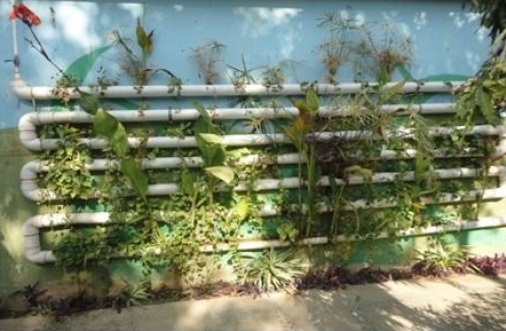 |
 |
||
| Figures: Established green wall, Civil Engineering Department, NED UET | |||
|
Saline Water Reuse for Food and Fuel Production This project focuses on using saline water for food and energy production. The project in ongoing and results are awaited. |
|||
|
|
|
||
|
Figures: Experimental setup for using saline water for food and energy production |
|||


